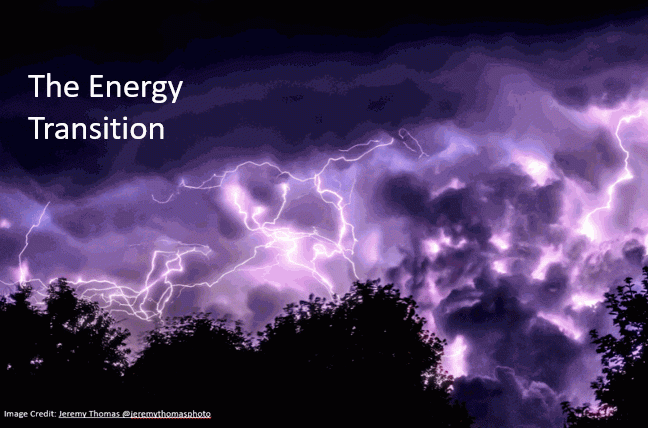Is Australia the World’s Wake Up call for radically different climate management? What is playing out in front of our eyes is the effects of a climate crisis across the whole continent. Is this a sign for us all to heed, in what it is going to mean for many of us if the world continues to warm?
In the past few weeks, we have been witnessing Australia grappling with massive bushfires fuelled by record-breaking temperatures and months, even years of severe drought.
For some time, scientists have warned that a hotter, drier climate will contribute to fires becoming more frequent and intense with the conditions being faced in Australia.
The question currently being asked is whether these fires, more intense and regular, are linked to climate change and within the control of Australia? Continue reading
